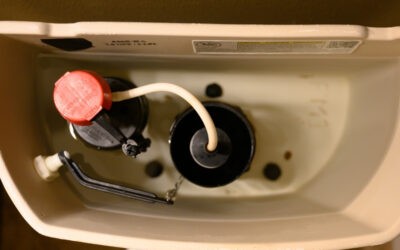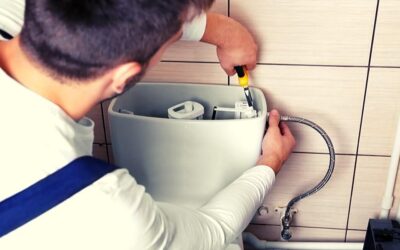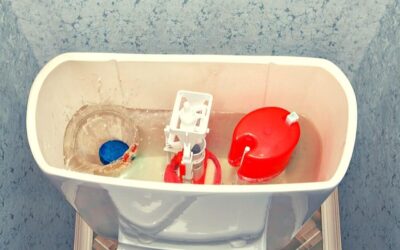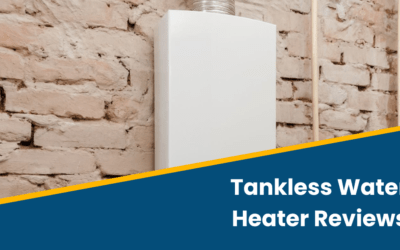If you have a leaking water heater, but it is not leaking in huge amounts, you might think this is not such a big problem and you can ignore it for now. But in fact, even small leaks can be a sign of larger issues, or they can quickly turn into them and before you know you have a flooded basement with some very expensive repairs to pay for. Your water heater leaking could be a symptom of something more serious so it is a good idea to call in a water heater plumber to take a look.
It is not just about the cost leaving the water leaking might cause. It is also the issue of your health and the health of those who live with you and visit you. Damp leads to mildew and mold and that can cause breathing issues and allergic reactions. Leaks can be a cause as to why you have a water heater temperature fluctuation. Leaks do not go away by themselves. Action must happen. Here is a look at what you can do when you suspect you have a leaking water heater.
Identify the source of your water heater leak
Not all signs of water around your water heater are an indication of a leak. Condensation can form on and around the water heater and as it builds it will drip down and pool. This is especially a common thing when the water heater is located in a basement, or when the weather is humid or damp. The leak might also not be coming from the water heater itself. There could a leak from discharge lines, drain lines or other parts of the plumbing that surrounds the water heater. If you notice a small amount of water near or below your heater first follow these steps.
- Dry the space around the water heater and inspect carefully the plumbing fittings and everywhere else that might also be a source of a leak. Look where there are overhead pipes and other possible locations where gravity might draw the water down.
- If you cannot find another source for the water, dry the floor too and place some paper towels down in several spots. Every few hours go and check to see if there is leaking and whether the water heater is leaking.
- If after a couple of days there is no sign of more water then probably there is nothing to worry about. It was likely humidity or condensation. Just keep a closer eye for a few more days to be sure.
- If you do find the paper towels are damp again then you have a leak somewhere probably. If you cannot identify the source as coming from somewhere else then it is likely the water heater.
Stop the water heater’s power source
If you are pretty sure you have a leaking water heater, then the first step now is to turn off its power. For an electric water heater that means going to your circuit breaker box and turning off the power going to the water heater. After all the electricity and leaking water are not a good mix! If you have a gas water heater there should be somewhere at the bottom on the outside of the tank an on/off dial or switch. Put it to the offsetting and do not touch the gas shut off valve. That is for the experts to handle.
It is essential whether the water heater leaking from top or bottom that when you are working around it, avoid any contact with the water. At the factory setting that water is 125 degrees, this is hot enough to cause first degree burns. But if it’s been turned up at any point it could be as high as 190 degrees!
Shut off the water
When you are faced with a water heater leakage you should then turn off the water supply by turning off the cold water valve. It might be a dial or it might a handle you pull down. Only do this if you can reach it without touching the hot water. Otherwise, leave this to the professional or the leak is a big turn off the water at the main valve in the home. This does mean you lose the water to the rest of the house but it slows that leak and the damage it can cause.
Find where the leak is
You can inspect where the leak is coming from and let the water heater plumbers know when you call them. Although they can see for themselves when they get there they may be able to provide more advice over the phone before arriving. The most common places for leaks are;
- With a water heater leaking check the hot water and cold water connections. The repair might be as simple as tightening them up.
- At the top or on the side is the pressure relief valve. Look at the point where it enters the tank and then at the valve. If you have a closed valve but a water heater pressure relief valve leaking, then it needs replacing. If it is open this is because there is a lot of pressure. The leak may still be something the professional can fix but they will have to assess the situation as it is serious.
- At the bottom of the tank is a valve called the drain valve. Make sure it is closed and check there and where it enters the tank. This is another thing that is easy to fix.
- If you have a water heater leaking from the bottom it might not be easy to see if there is insulation wrapped around it. This happens when the heater is getting old and you may need to replace it.







